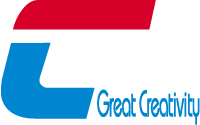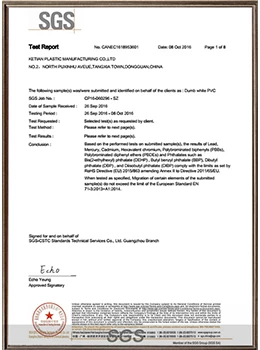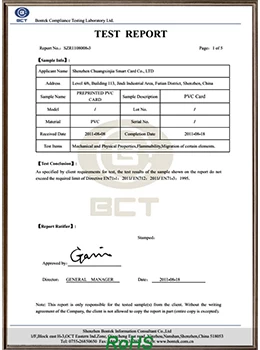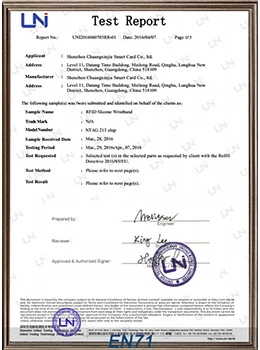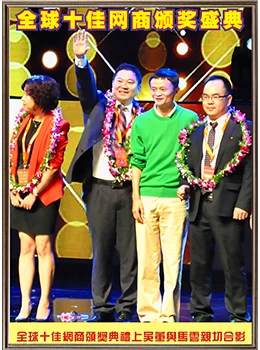How to choose UHF RFID near-field and far-field antenna
2018-09-12 10:24:15
With the upsurge of unmanned retail stores, UHF RFID has gradually entered the core vision of intelligent manufacturing and technology, and more and more people are paying attention to the application of UHF RFID in various fields and scenarios.
In addition to traditional materials, warehousing, companies and solution providers in the fields of retail, asset management, personnel management, etc., continue to infiltrate and consult and explore the applications of UHF RFID in their respective fields. How to improve work efficiency, reduce enterprise cost, improve enterprise intelligence level, etc. through UHF RFID technology.
However, in exploring the application of UHF RFID in their respective industries, how to plan the system hardware and software and how to select the hardware is a problem encountered by many customers and solution providers.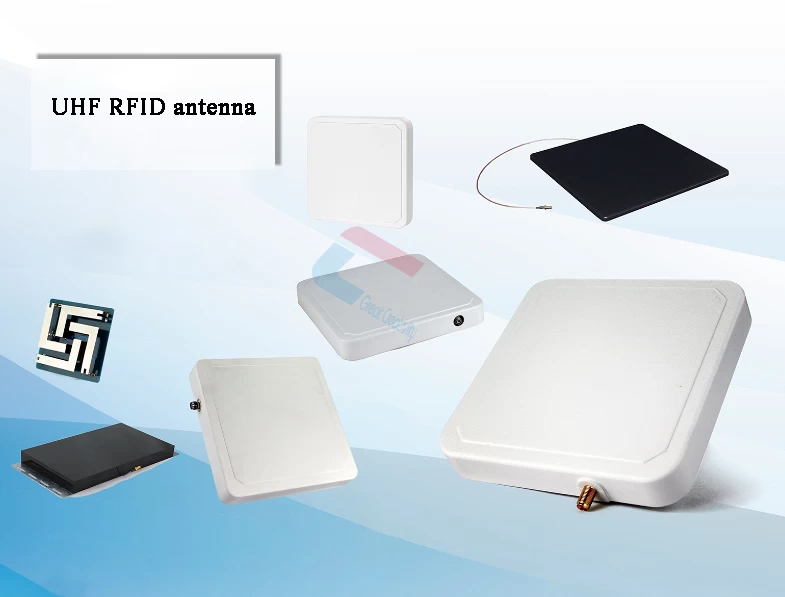
The understanding of near and far fields cannot be simply understood as the literal meaning of close and long distance. This involves expertise in the transmission of radio waves and field.
Radio waves should be called electromagnetic waves or simply EM waves because radio waves contain electric and magnetic fields. The signal from the transmitter, sent through the antenna, generates an electromagnetic field, and the antenna is a transducer and interface for the signal to free space. Therefore, the variation of the characteristics of the electromagnetic field depends on the distance to the antenna. Variable electromagnetic fields are often divided into two parts - near field and far field. To understand the difference, you must understand the spread of radio waves.
In many practical projects, customers don't know how to select antennas, especially they don't know which type of antenna to use.
Far-field antenna: the reading distance is long, the radiation angle is large, and it is easy to misread the label next to it.
Near-field antenna: the identify distance is close, the radiation is only on the front surface of the antenna, and the tag cannot be identified at a long distance, but it will not read the tag next to it.
At present, with the continuous rise of various industries and fields at home and abroad, more people hope that UHF RFID technology can help their enterprises to develop. However, the application requirements of UHF RFID products are different for each industry, each field, each enterprise and even the same enterprise in different occasions.
In retail management, jewelry management, and file management, they all face the same pain point, that is: How to ensure that only the tags in the specified area are identified, and the tags next to them are not read.
Below, with the application of UHF RFID in jewelry management, tell you the key points of UHF RFID antenna selection:
In jewelry management applications, the following features:
Different types of jewelry are placed in each shelf area;
Jewelry display distance is very close;
The jewelry needs to be 100% identified within the area;
Jewelry left the area can no longer be read, and it is impossible to read the labels in the next door display cabinet, etc.
In such a scenario, it is recommended to use UHF RFID near field antenna.
The advantage of near field antenna is:
The electromagnetic field is only distributed on the front surface of the antenna, which is a special design derived from the near-field antenna.
Near-field antenna circular design makes the efficiency of the antenna radiation concentrated on the front surface of the antenna, which makes the identification of multi-label better, the radiation angle control is better, the label is normally identified on the antenna surface, and it cannot be identified when leaving, and it does not identify the labels on the other items next to the left and right, thus achieving the true meaning of jewelry management.
In addition to traditional materials, warehousing, companies and solution providers in the fields of retail, asset management, personnel management, etc., continue to infiltrate and consult and explore the applications of UHF RFID in their respective fields. How to improve work efficiency, reduce enterprise cost, improve enterprise intelligence level, etc. through UHF RFID technology.
However, in exploring the application of UHF RFID in their respective industries, how to plan the system hardware and software and how to select the hardware is a problem encountered by many customers and solution providers.

The understanding of near and far fields cannot be simply understood as the literal meaning of close and long distance. This involves expertise in the transmission of radio waves and field.
Radio waves should be called electromagnetic waves or simply EM waves because radio waves contain electric and magnetic fields. The signal from the transmitter, sent through the antenna, generates an electromagnetic field, and the antenna is a transducer and interface for the signal to free space. Therefore, the variation of the characteristics of the electromagnetic field depends on the distance to the antenna. Variable electromagnetic fields are often divided into two parts - near field and far field. To understand the difference, you must understand the spread of radio waves.
In many practical projects, customers don't know how to select antennas, especially they don't know which type of antenna to use.
Far-field antenna: the reading distance is long, the radiation angle is large, and it is easy to misread the label next to it.
Near-field antenna: the identify distance is close, the radiation is only on the front surface of the antenna, and the tag cannot be identified at a long distance, but it will not read the tag next to it.
At present, with the continuous rise of various industries and fields at home and abroad, more people hope that UHF RFID technology can help their enterprises to develop. However, the application requirements of UHF RFID products are different for each industry, each field, each enterprise and even the same enterprise in different occasions.
In retail management, jewelry management, and file management, they all face the same pain point, that is: How to ensure that only the tags in the specified area are identified, and the tags next to them are not read.
Below, with the application of UHF RFID in jewelry management, tell you the key points of UHF RFID antenna selection:
In jewelry management applications, the following features:
Different types of jewelry are placed in each shelf area;
Jewelry display distance is very close;
The jewelry needs to be 100% identified within the area;
Jewelry left the area can no longer be read, and it is impossible to read the labels in the next door display cabinet, etc.
In such a scenario, it is recommended to use UHF RFID near field antenna.
The advantage of near field antenna is:
The electromagnetic field is only distributed on the front surface of the antenna, which is a special design derived from the near-field antenna.
Near-field antenna circular design makes the efficiency of the antenna radiation concentrated on the front surface of the antenna, which makes the identification of multi-label better, the radiation angle control is better, the label is normally identified on the antenna surface, and it cannot be identified when leaving, and it does not identify the labels on the other items next to the left and right, thus achieving the true meaning of jewelry management.
